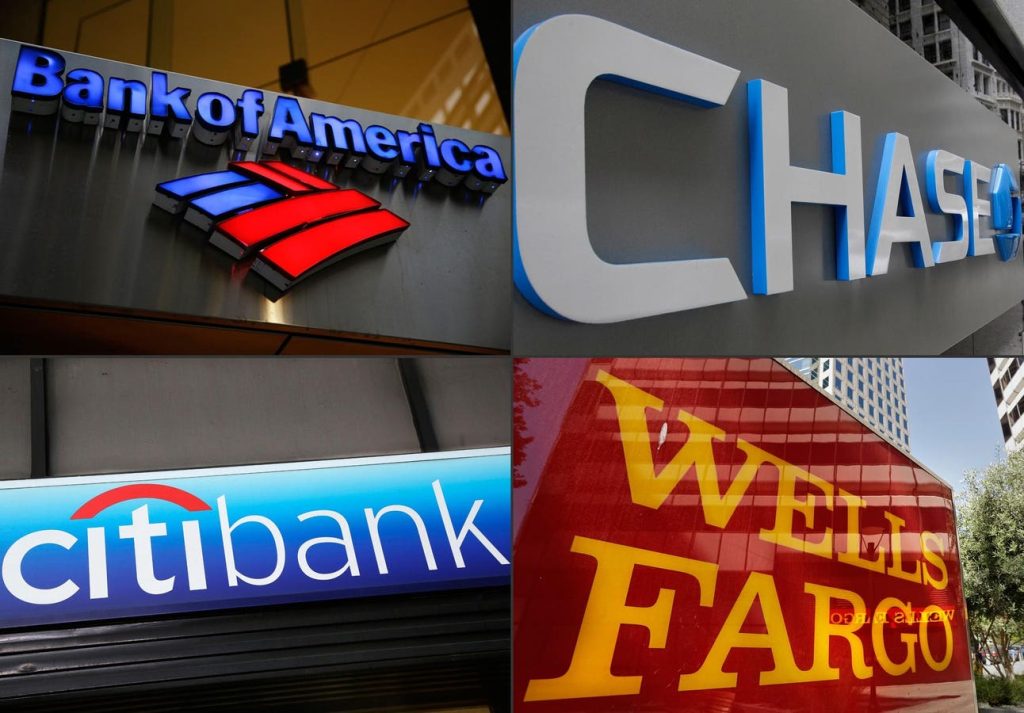Earnings season began slowly last week, with 12 S&P 500 companies reporting. Banks and financial companies closed out the week with better-than-expected earnings. Despite a slightly hotter-than-expected consumer inflation (CPI) reading, stocks were somewhat higher, and yields declined. The S&P 500 rose by 0.5% for the week, and the 10-year Treasury yield fell from 4.8% to 4.6%. The third-quarter earnings season broadens and accelerates this week, with 55 S&P 500 companies scheduled to report. A more detailed preview of the earnings season is available here.
At this early point in the reporting season, blended earnings, which combine actual with estimates of companies yet to report, are improved from forecasts at the end of the quarter. The communications services sector should have the most robust year-over-year earnings growth at 31.9%. Meta Platforms
FB
(META) is expected to be the most significant contributor to the increase, as the company faces easy comparisons and better earnings.
Bank and financial earnings dominated the end of the first week of the earnings season. Headline earnings from the big banks were better than expected. JPMorgan Chase
JPM
(JPM), Citigroup
C
(C), PNC Financial (PNC), and Wells Fargo
WFC
(WFC) beat earnings estimates. The big banks posted better-than-expected net interest income as they earned more on lending versus what was paid to depositors. Better capital markets business aided the earnings beats. While inflation pressures lower-income households and credit losses are normalizing, they remain below pre-pandemic levels. Outside the banks, better-than-expected results from asset manager BlackRock (BLK) and insurer Progressive
PGR
(PGR) boosted quarterly earnings growth expectations for the financial sector.
In addition to a broader array of companies, more banks and financials report this week, including Schwab (SCHW), Goldman Sachs (GS), Bank of America
BAC
(BAC), US Bancorp
USB
(USB), Discover Financial Services
DFS
(DFS), Fifth Third Bancorp (FITB
ITB
), American Express
AXP
(AXP), Comerica
CMA
(CMA), and several regional banks. The smaller regional banks’ earnings and outlooks could be of note if a divergence in operating performance between the large and smaller banks is seen after the collapse of Silicon Valley Bank. While Wells Fargo outperformed expectations, it increased its loan loss reserve for commercial real estate (CRE), particularly office CRE, by $224 million. Smaller banks make more CRE loans than the largest banks and don’t have as much exposure to the boost from capital markets businesses. Despite the better-than-expected earnings and outperformance by mega-banks like JP Morgan, Citigroup, and Wells Fargo, bank stocks underperformed the S&P 500 for the week, dragged down by the significant underperformance of smaller banks.
Sales growth is closely tied to nominal GDP growth, combining after-inflation economic growth (real GDP) with inflation. With nominal GDP growth accelerating year-over-year for the third quarter, topline revenue growth for companies should have some tailwind. So far, with a few companies reporting, sales growth has moved higher than expectations going into the earnings season.
Oil and natural gas prices are lower year-over-year, resulting in the most significant expected decline in year-over-year sector revenues for the energy industry. With the sharp contraction in sales, energy companies are also likely to have the most considerable year-over-year decline in earnings this quarter. More optimistically, the pace of price declines for energy products has moderated from the previous quarter. The reduction in energy costs hurts the revenues of the energy sector but positively impacts the costs for many non-energy companies.
Despite the continued plunge in profits due to lower oil prices, two of Berkshire Hathaway’s (BRKA, BRKB) largest publicly traded stock holdings are Occidental Petroleum
OXY
(OXY) and Chevron
CVX
(CVX
CVX
). According to filings, Berkshire last bought Occidental shares in June and now owns more than 25% of the company. A previous piece discussed why Warren Buffett’s Berkshire Hathaway probably favors Occidental Petroleum.
So far, the blended earnings performance has outperformed expectations at the end of the quarter. Combining actual results with consensus estimates for companies yet to report, the blended earnings growth rate for the quarter is at +0.4% year-over-year, ahead of the expectation of -0.1% at the end of the quarter.
Outside of earnings season, consumer inflation data was less friendly than hoped. The September headline CPI reading held steady at a 3.7% year-over-year rate but well below the high of 9.1% in June 2022. The Atlanta Fed’s sticky inflation measurement declined to 5.1% year-over-year from 5.3%. The underlying details were less concerning with the Atlanta Fed’s sticky inflation measurement excluding housing falling to a 2.9% year-over-year rate from 3.1%. The government’s housing inflation data is lagging behind the real world, so this adjustment probably paints a more accurate picture of where things stand in the fight against inflation.
While the better-than-expected large bank earnings were positive, several headwinds remain for the sector, including slowing expected loan growth at higher interest rates and losses from commercial real estate loans. The good news is that after three straight quarters of year-over-year earnings declines for the S&P 500, the third-quarter earnings season is poised to snap that losing streak. This week, a more diverse group of companies beyond the banks reports earnings, so it will be instructive to see if the earnings performance continues to reinforce the trend change to positive year-over-year earnings growth.
Read the full article here




